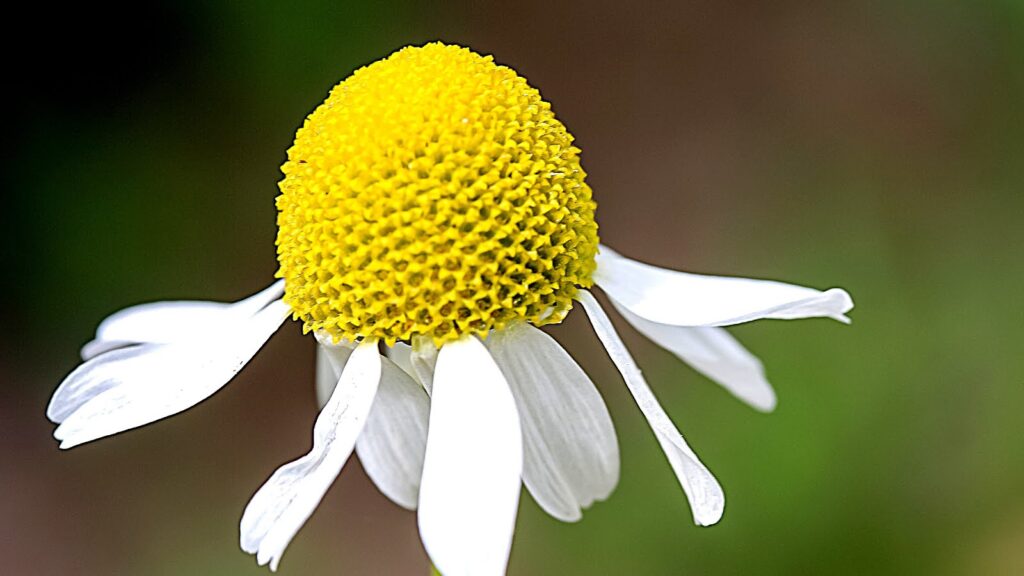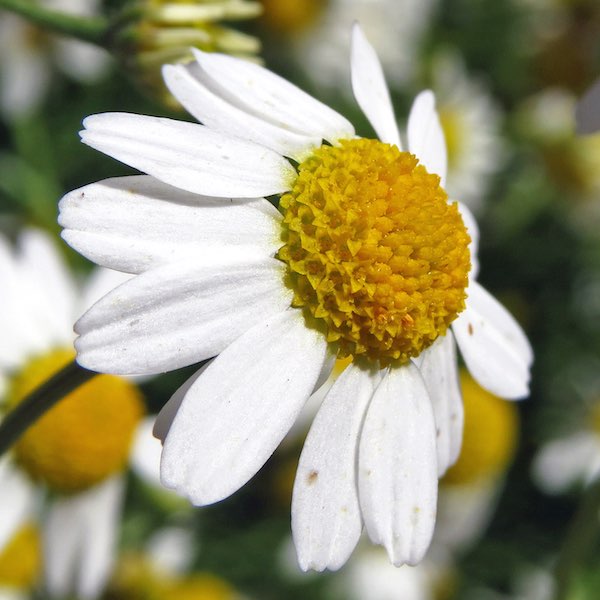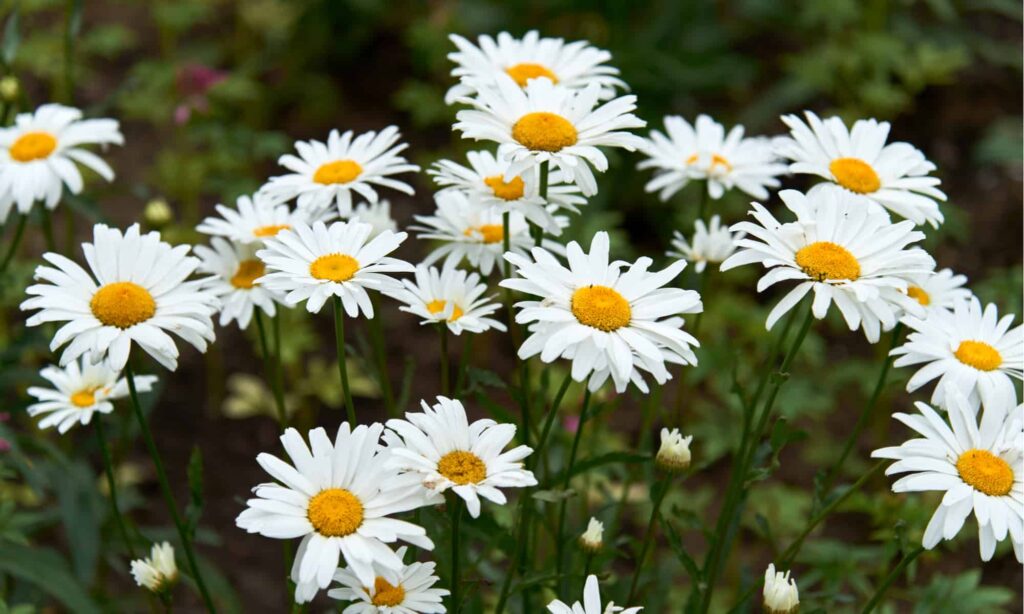There are few comforts as familiar as the scent of chamomile drifting on a summer breeze or the warmth of a golden cup cradled in the hands. German chamomile is a healer I’ve found in old gardens and wild meadows alike—a plant that seems to embody gentleness itself, yet carries a remarkable strength hidden in its delicate blooms.
My earliest memories of chamomile are of small, daisy-like flowers peeking through the grass, inviting me to pause and breathe in their apple-sweet fragrance. Whether gathered in armfuls from a wild patch or snipped fresh from a garden bed, German chamomile (Matricaria chamomilla) has followed humankind for centuries, soothing body and spirit along the way.


An Herb of Peace—Rooted in Ancient Wisdom, Validated by Science
Chamomile’s story stretches back to the pharaohs and beyond. Egyptians dedicated it to the sun god for its healing powers; medieval monks grew it in monastic gardens for fevers, stomach aches, and anxiety. In folk medicine, chamomile was a balm for everything from teething babies to weary travelers needing restful sleep.
Today, science supports much of this lore. German chamomile’s flowers are rich in azulene (the compound that gives its essential oil a blue tint), apigenin, and other flavonoids, which have been shown to calm inflammation, ease digestion, quiet nerves, and speed healing of minor wounds. A simple tea can soothe a troubled stomach or restless mind, making chamomile a friend in both quiet kitchens and bustling clinics.
Growing German Chamomile: Sweet Simplicity for Every Garden
Chamomile is easy to welcome into your life—simply scatter seeds in early spring where you want a patch of light and peace. This annual herb prefers full sun and well-drained soil, but will tolerate part shade and less-than-perfect ground. The plants stay small, but are generous bloomers, covering themselves in a froth of white and yellow flowers from early summer until frost.
Harvest the blossoms on a dry morning, just as they fully open, for the sweetest scent and best medicinal quality. Let a few flowers go to seed each year, and you’ll find chamomile returning faithfully to your garden, or spreading in wild drifts where the soil is bare.
In the wild, German chamomile often grows along field edges, roadsides, and disturbed soils throughout Europe and, now, North America—sometimes appearing when you need it most, unbidden but always welcome.
Chamomile in Everyday Ritual
On restless nights or anxious afternoons, a mug of chamomile tea has brought me more peace than any potion. I’ve used its flowers in gentle salves for irritated skin, and sprinkled them in bathwater for a restful soak. There’s a reason chamomile is found in so many homes and herbal traditions—it’s a promise of comfort you can grow yourself, or find at your feet.

German Chamomile Fact Sheet
- Botanical Name: Matricaria chamomilla (syn. Matricaria recutita, German Chamomile)
- Active Compounds: Azulene (chamazulene, in oil), apigenin, bisabolol, matricin, flavonoids, coumarins
- Parts Used: Flower heads (fresh or dried)
- Traditional Uses: Calming nerves, promoting restful sleep, soothing digestive upset, easing colic, relieving mild skin irritations, healing minor wounds
- Modern Science: Anti-inflammatory, antispasmodic, sedative, mild analgesic, digestive and skin-soothing actions confirmed in studies
- How to Grow:
- Sow seeds directly in early spring, barely cover with soil
- Prefers full sun and well-drained soil, but adapts easily
- Annual, self-seeds readily
- Harvest flowers as they open, dry in a warm place
- Sow seeds directly in early spring, barely cover with soil
- Where It Grows Wild:
- Native to Europe and western Asia
- Naturalized widely in North America and temperate climates worldwide
- Grows along roadsides, fields, and disturbed soils
- Native to Europe and western Asia
- Preparations:
- Tea (classic use for calming, digestion, and sleep)
- Infused oil or salve (for skin)
- Tincture, bath, compress, or even added to honey
- Tea (classic use for calming, digestion, and sleep)
- Cautions:
- Generally safe for all ages
- Rare allergic reactions possible (especially in those sensitive to Asteraceae family)
- Avoid concentrated doses in pregnancy unless advised by a professional
- Generally safe for all ages
***As always, check with a healthcare provider if using chamomile for ongoing health issues or in combination with medication.***

Leave a Reply